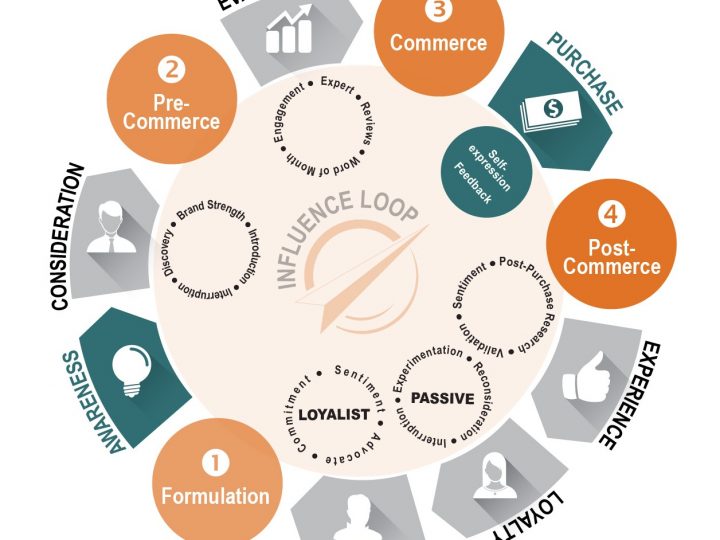
Selling has changed. Selling has changed because buying has changed. Specifically, the buying process is now buyer “centric” where the buyer has the power. In inbound sales, connecting with your prospect takes on a whole new meaning.

Sellers no longer control all the information around available products and services. Thanks to the Internet, buyers now have the power to research on their own terms and within their own timeline. Buyers now typically have made 60% of their purchase decision before talking to a sales rep.
With these changes in prospect’s buying habits, clearly, you must transform the way you sell. Connecting with your prospect is all about offering yourself as a trusted advisor to help facilitate their eventual purchase.
A phone call will ultimately be where the necessary relationship is struck, but there is some work to do before picking up the phone. Simply calling leads without any context is a waste of everyone’s time.
In inbound marketing results, not all leads are a good fit and not all leads will be ready to buy. This means that leads must be “filtered” to a degree before they are considered to be qualified leads.
Research Your Leads
The first step is to research the organization behind your lead. This will give the broader context needed to determine if their company is a good fit as a prospect. Websites are the best source for company info such as:
- company location
- company size
- annual revenue
- what they sell and who they sell to
- recent company news
Now it’s time to research personal information about your lead. Social media is a good source for their:
- position within the organization
- posts and interactions on social media
- problems and concerns within their position, organization, and industry
Wrap up your research by examining their engagement with your website – what have they downloaded and which web pages have they viewed?
All of this research and analysis should give you some context for a phone call. If everything points positively to an organization and person that could do business with you, it’s time to reach out.
What to do on the first phone call
HubSpot suggests there are four guidelines to follow for your first phone call:
1) Build Rapport
This doesn’t mean wasting time with needless small talk – stay focused on establishing trust by exhibiting interest in educating and helping.
2) Know Your Audience
Tailor your conversation to whom you are actually talking to (not likely not C-level at this point).
3) Speak the Prospect’s Language
Use industry terms and relatable company names in your conversation. Show that you have done your homework before the call.
4) Be helpful
Have something ready such as a tip, an offer, or some form of content to give.
What not to do on the first phone call
Here is where the old way of calling prospects has really changed. The first conversation with a prospect should NOT be viewed as an opportunity to:
- interrupt with an agenda or script
- pitch your products and services
- close the prospect aggressively
Summary
Calling an online prospect is an exercise in restraint and a chance to connect with a buyer on a human level. People buy from people that they trust, not from robots, recited scripts or sales people pushing their own agenda. Try to educate and provide help to those who you call. Treat them as you would any good friend.









